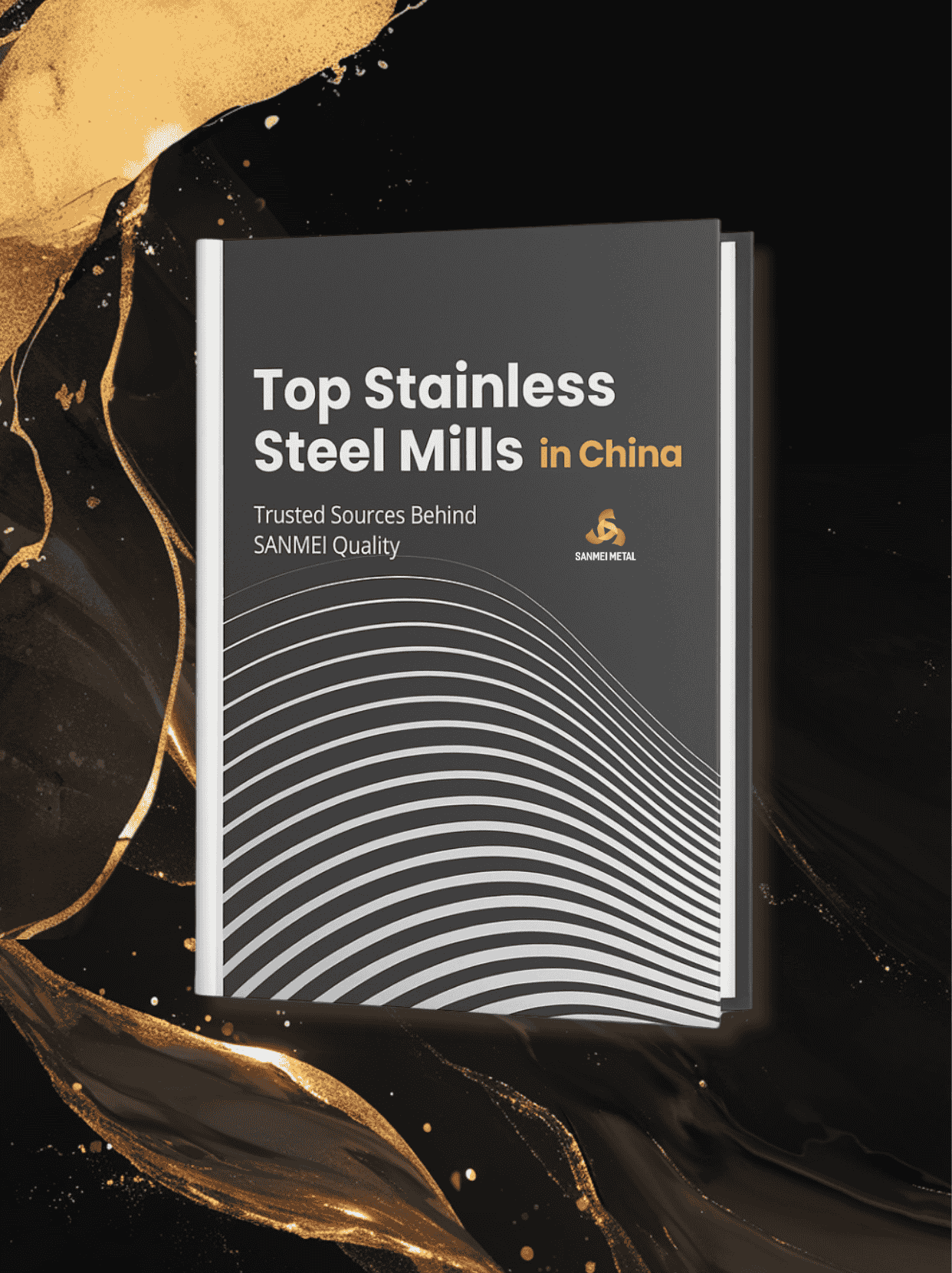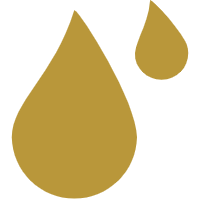
Dapatkan milikmu BEBAS Akses: Dokumen Pabrik Baja #1 Tiongkok
Berorientasi pada Pembeli: Cocokkan pabrik dengan kelas/finishing/lebar-tebal/aplikasi
BAOWUTsingshanLiscoTisco


Ringkasan
Baja tahan karat 420, yang dikenal sebagai S42000, adalah paduan martensit yang dapat dikeraskan yang menonjol karena kekuatan dan kekerasannya yang ditingkatkan dibandingkan dengan baja tahan karat lainnya seperti 410 dan 416. Ini mengandung setidaknya 12% kromium untuk ketahanan korosi dan kandungan karbon yang lebih tinggi, yang meningkatkan ketahanan ausnya dan memungkinkannya mencapai kekerasan Rockwell hingga 50 HRC setelah perlakuan panas. Baja ini menunjukkan keuletan yang baik dalam kondisi anil, tetapi kemampuan mesinnya menurun setelah dikeraskan melebihi 30 HRC. Meskipun memiliki ketahanan korosi yang baik, terutama ketika dikeraskan dan dipoles, baja ini tidak sekuat mutu austenitik umum dan dibatasi oleh hilangnya keuletan pada suhu di bawah nol dan hilangnya kekuatan pada suhu tinggi karena over-tempering. Aplikasi umum meliputi bushing, instrumen gigi dan bedah, bagian pompa, komponen katup, dan poros. Tidak direkomendasikan untuk digunakan di atas suhu temper karena dapat mengurangi sifat mekanik, dan pengelasan dapat dilakukan dengan teknik yang tepat.
Properti Umum
Baja tahan karat 420 adalah baja martensit karbon tinggi yang menawarkan keseimbangan antara kekerasan dan ketahanan korosi. Baja ini dikenal karena kekerasannya yang tinggi, ketahanan aus, dan ketahanan korosinya yang moderat. Komposisi baja ini meliputi karbon (C: 0,15-0,40%), kromium (Cr: 12,0-14,0%), dan unsur-unsur lain dalam jumlah yang lebih kecil seperti mangan (Mn), silikon (Si), fosfor (P), dan sulfur (S).
Aplikasi
Baja tahan karat 420 digunakan dalam berbagai aplikasi yang mengutamakan kekuatan dan daya tahan, seperti peralatan makan, instrumen bedah, dan perkakas. Baja ini juga digunakan dalam mesin presisi, bantalan, peralatan listrik, instrumen, kendaraan pengangkut, peralatan rumah tangga, dan peralatan makan.
Ketahanan Korosi:
Meskipun baja tahan karat 420 memberikan ketahanan korosi yang baik, terutama setelah dikeraskan dan dipoles, baja ini tidak sekuat baja austenitik biasa. Ketahanan korosinya menurun pada suhu di bawah nol derajat dan pada suhu tinggi akibat proses tempering berlebih.
Tahan Panas:
Kisaran operasi yang berguna dari baja tahan karat 420 dibatasi oleh hilangnya keuletannya pada suhu di bawah nol dan hilangnya kekuatan pada suhu tinggi karena temper yang berlebihan.
Kemampuan mesin:
Baja tahan karat 420 relatif mudah dikerjakan dalam kondisi anil, tetapi pengerjaan menjadi lebih sulit setelah dikeraskan di atas 30 HRC.
Pengelasan:
Pengelasan tidak umum untuk paduan ini karena sifat pengerasannya, tetapi dimungkinkan dengan teknik yang tepat dan perlakuan panas pasca pengelasan untuk mencegah retak.
Pengerjaan Panas:
Pengerjaan panas baja tahan karat 420 dapat meningkatkan ketangguhan dan ketahanan ausnya.
Pengerjaan Dingin:
Pengerjaan dingin dapat meningkatkan kekerasan dan kekuatan baja sekaligus meningkatkan kualitas permukaan dan keakuratan dimensinya.
Anil:
Anil digunakan untuk melunakkan baja, meningkatkan kemampuan mesin, dan mempersiapkannya untuk proses perlakuan panas lebih lanjut.
Tempering:
Tempering digunakan untuk mengurangi kerapuhan dan tekanan internal setelah pengerasan.
Pengerasan:
Baja tahan karat 420 dapat dikeraskan untuk mencapai tingkat kekerasan tinggi melalui proses pemanasan dan pendinginan cepat (quenching).
| Milik | Nilai |
|---|---|
| Kepadatan | 7,74 gram/cm³ |
| Modulus Elastisitas | 200 GPa (29 x 10^6 psi) |
| Koefisien Ekspansi Termal | 10,3 μm/m·°C (5,7 μin./in.·°F) |
| Konduktivitas Termal | 24,9 W/m·K (14,4 Btu/kaki·jam°F) |
| Panas Spesifik | 460 J/kg·K (0,11 Btu/lb·°F) pada 0-100°C (32 hingga 212°F) |
| Resistivitas Listrik | 0,55 μΩ·m pada suhu 20°C |
Milik | Kekuatan Luluh, min. (ksi) | Kekuatan Tarik, min. (ksi) | Perpanjangan, min. (%) | Kekerasan, maks. (Rb) |
420 | 345 (50) | 655 (95) | 25 | 321 HBS |
| Nilai | Karbon (C) | Mangan (Mn) | Silikon (Si) | Fosfor (P) | Sulfur (S) | Kromium (Cr) | Nikel (Ni) | Molibdenum (Mo) | Besi (Fe) |
| 420 | 0.15 - 0.40% | ≤1,00% | ≤1,00% | ≤0,040% | ≤0,030% | 12.0 - 14.0% | ≤0,75% | ≤0,50% | Keseimbangan |

Baja tahan karat 420 berkinerja sangat baik di lingkungan lembap atau keras, tahan karat, dan memperpanjang umur produk.

SS420 memiliki kekuatan tinggi, membuatnya cocok untuk aplikasi yang memerlukan tekanan tinggi dan penggunaan sering, seperti peralatan dan perlengkapan medis.

Baja tahan karat 420 memiliki permukaan halus yang tidak mudah kotor, membuatnya mudah dibersihkan dan dirawat, sehingga sangat cocok untuk lingkungan pengolahan makanan dan medis.

| Jenis | Lebar (mm) | Berat (MT) | Ketebalan (mm) | ||||
| Kumparan 420 | 1000, 1219, 1240, 1500 atau Disesuaikan | 3-10 | 0.15-3.0 | ||||

| Jenis | Lebar (mm) | Panjang (mm) | Ketebalan (mm) | |||||||||
| 420 Lembar | 1000, 1219, 1240, 1500 atau Disesuaikan | 2000, 2438, 2500, 3000, 3048 | 0.3-3.0 | |||||||||
Kami berkomitmen untuk memberikan layanan terbaik dan berkualitas tinggi kepada pelanggan kami untuk memastikan kepuasan pelanggan kami.









Disertifikasi oleh lembaga bergengsi dan berkomitmen untuk mematuhi standar internasional dalam setiap aspek.




Umpan balik pelanggan merupakan cerminan paling autentik mengenai kualitas suatu perusahaan.
Lihat lebih banyak referensi teknis dari Sanmei Metal mengenai gulungan baja tahan karat dan lembaran baja tahan karat.
Markas besar:
Pusat Pembuatan, No.142, Jalan Yuhe, Kota Lecong, Distrik Shunde, Kota Foshan, Provinsi Guangdong, Tiongkok. 528315
Pabrik: Liyuan Logistics City, Kota Chencun, Distrik Shunde, Kota Foshan, Provinsi Guangdong, Tiongkok. 528313
Basis Dukungan Lokal Australia: (Yatala, QLD) – Hadir pada tahun 2026